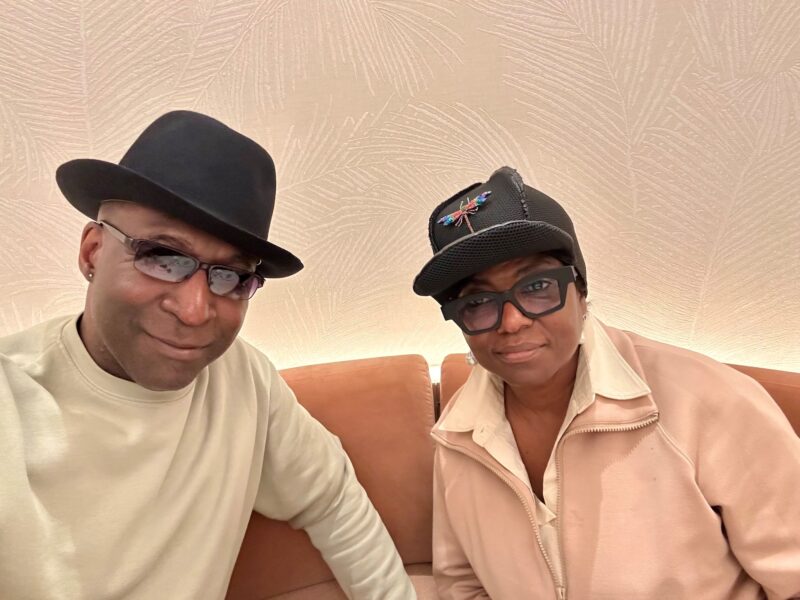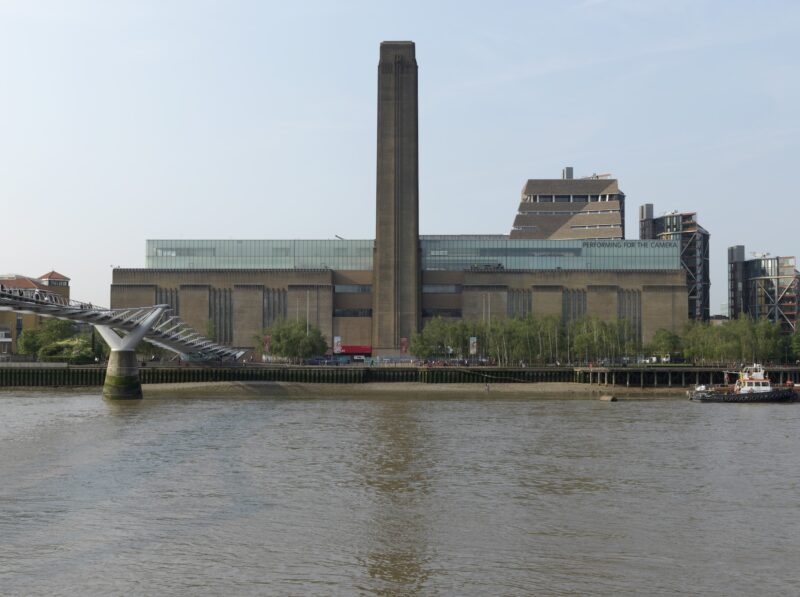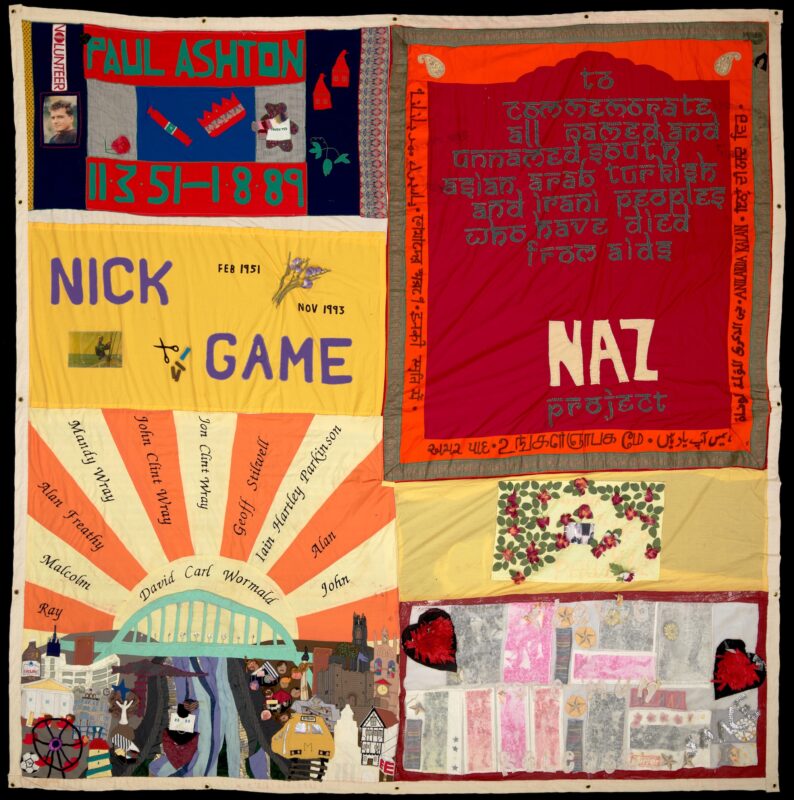Hilma af Klint (b. Sweden, 1862-1944) and Piet Mondrian (b. Netherlands, 1872-1944) were two of the most imaginative artists of the twentieth century. While they never met, they shared the same deep connection to the natural world and the desire to understand the forces behind life on earth. A major new exhibition at Tate Modern, Hilma af Klint and Piet Mondrian: Forms of Life, will put these two visionary painters in close dialogue for the first time. Featuring around 250 works, including paintings, drawings and archival materials, the show will reveal how their art reflected radical new ideas, theories and scientific discoveries in an era of rapid social change.
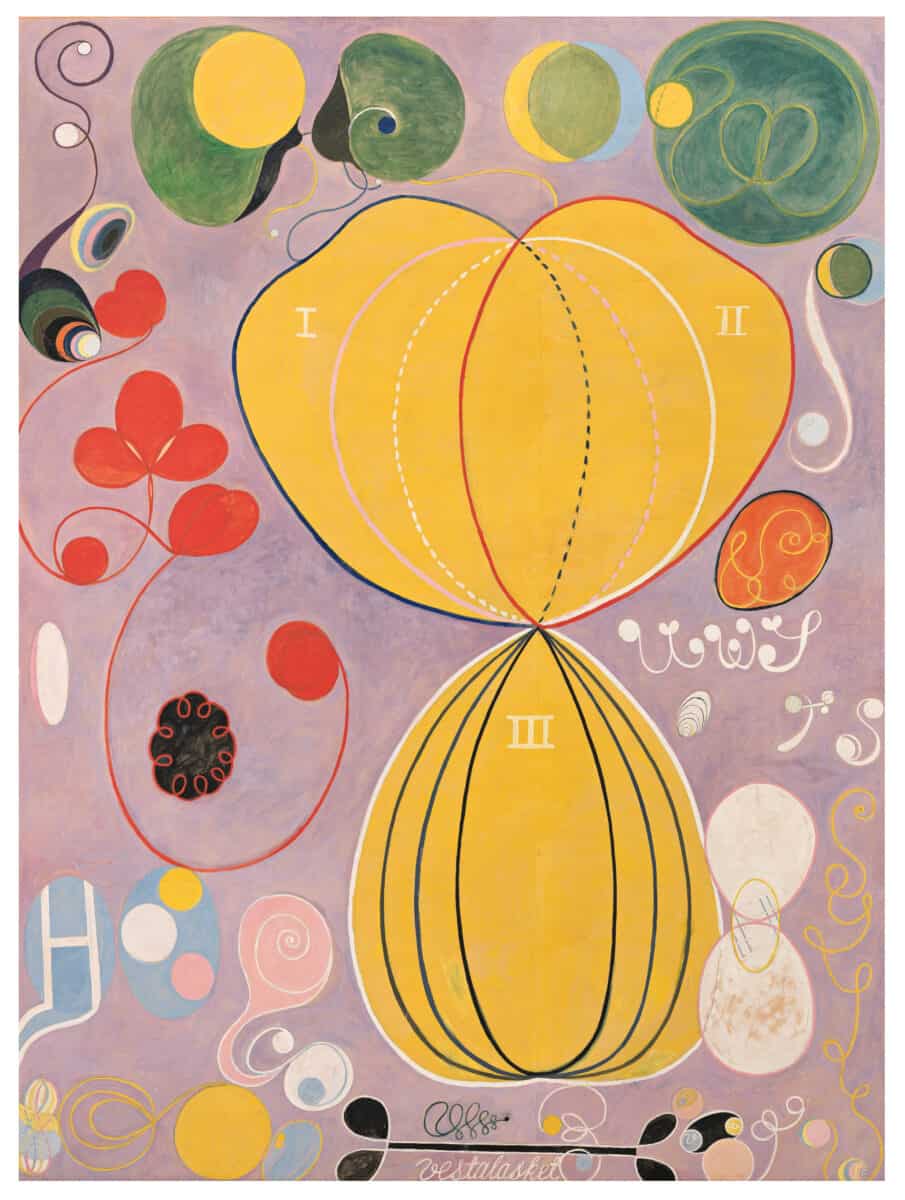
This will be the largest presentation of Hilma af Klint’s work in the UK to date, with highlights including all ten of her monumental paintings from the series The Ten Largest 1907, presented together in the UK for the first time. It will also be the first major UK exhibition in over 25 years to highlight Piet Mondrian’s early work alongside the iconic grid compositions for which he is best known. It will bring together his surprising figurative paintings such as The Red Cloud 1907 and Evolution 1911 as well as early abstract experiments like Composition in colour B 1917, shining a new light on one of the most celebrated modern artists.
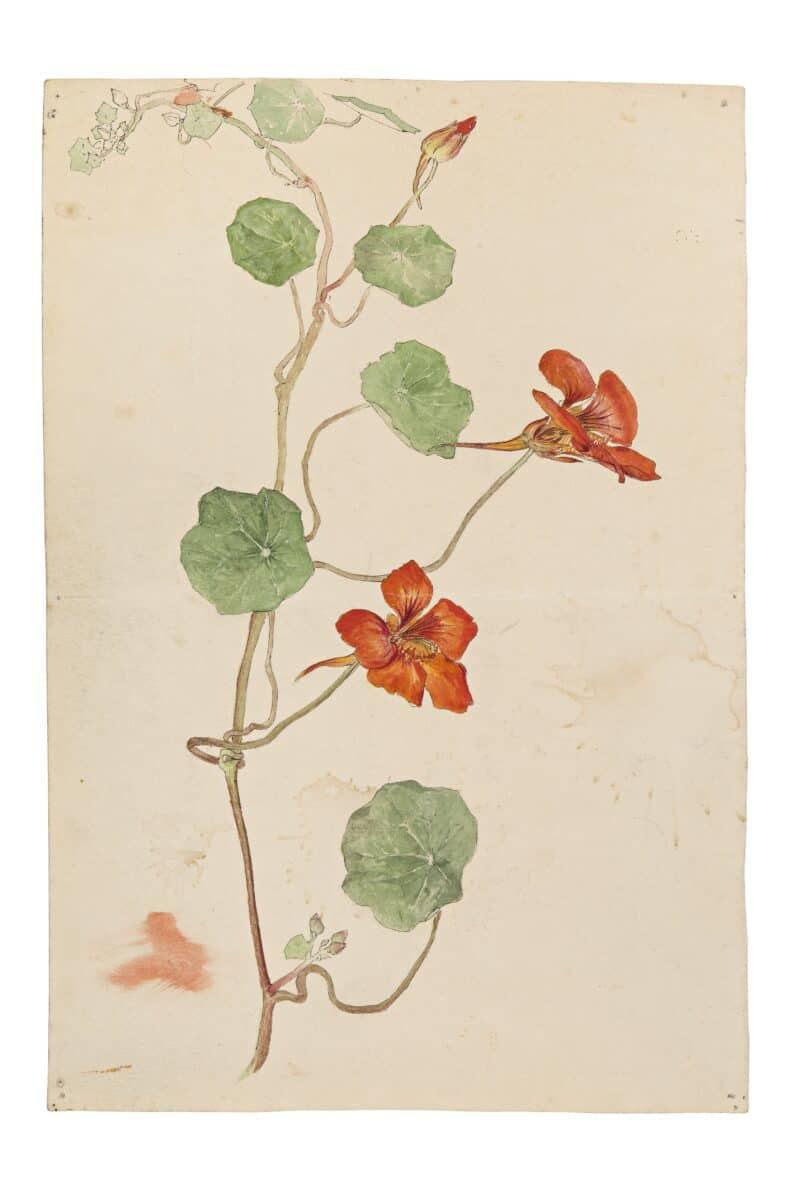
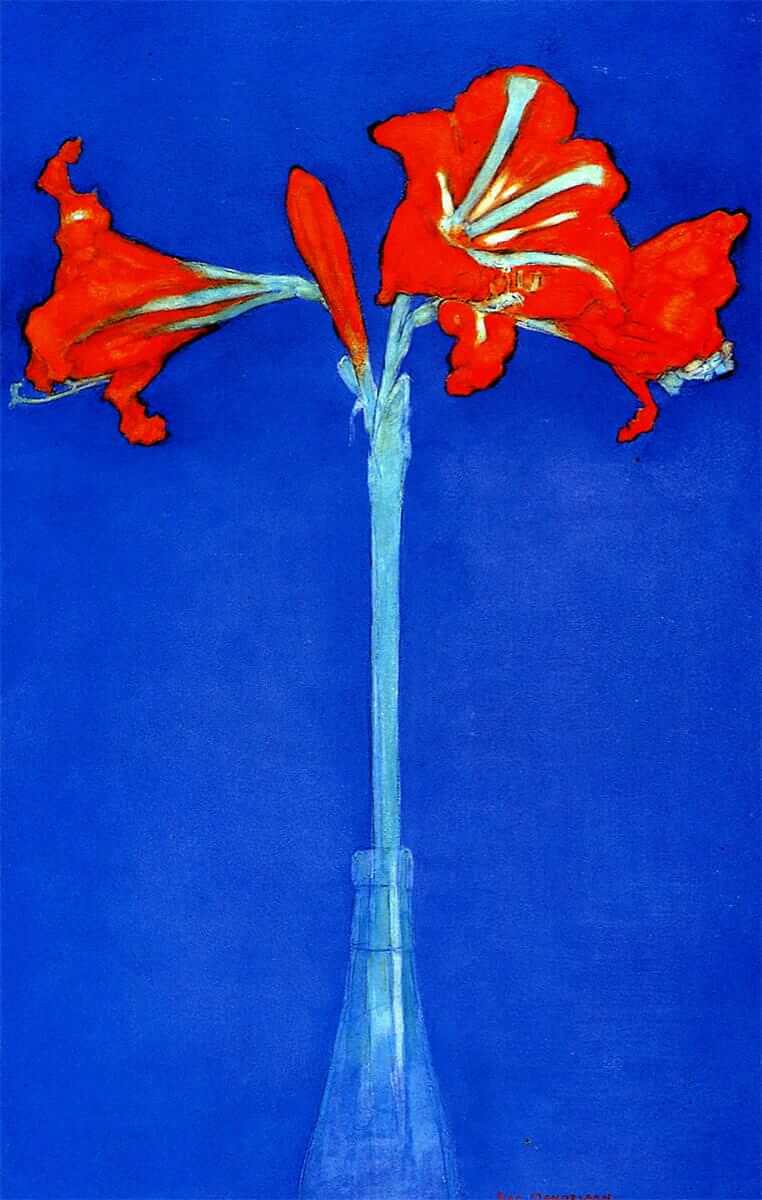
Forms of Life will be rooted in af Klint and Mondrian’s fascination with the natural world. Having both started out as representational landscape painters, they each developed languages of abstract art – almost simultaneously – in the early 1900s. Tate Modern will explore how their unique approaches to abstraction were each inspired by new ways of looking closely at nature. Featuring early landscapes, botanical drawings and depictions of flowers and trees alongside abstract paintings, the exhibition will trace how their powerful affinity with nature remained an enduring presence throughout their careers.
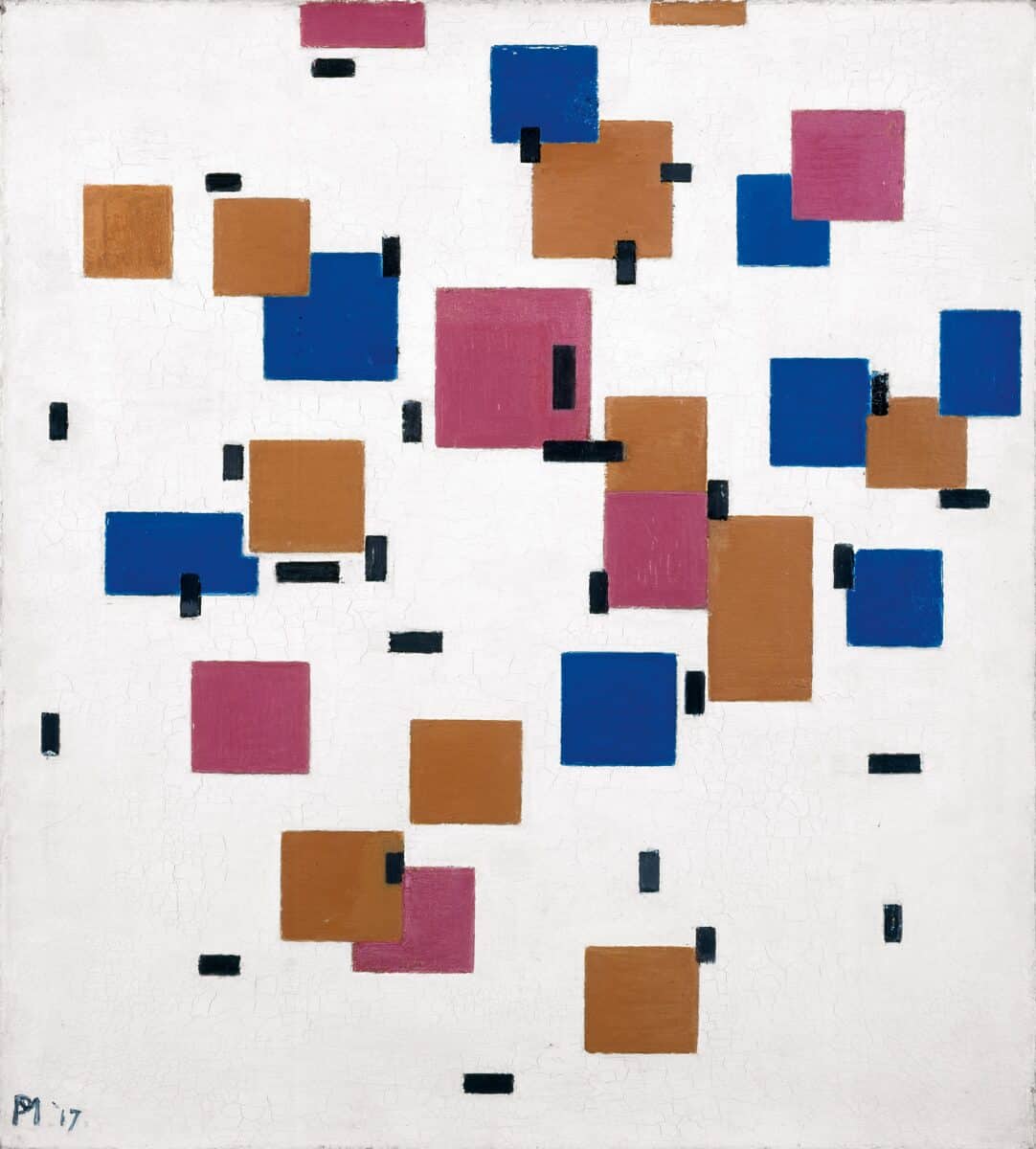
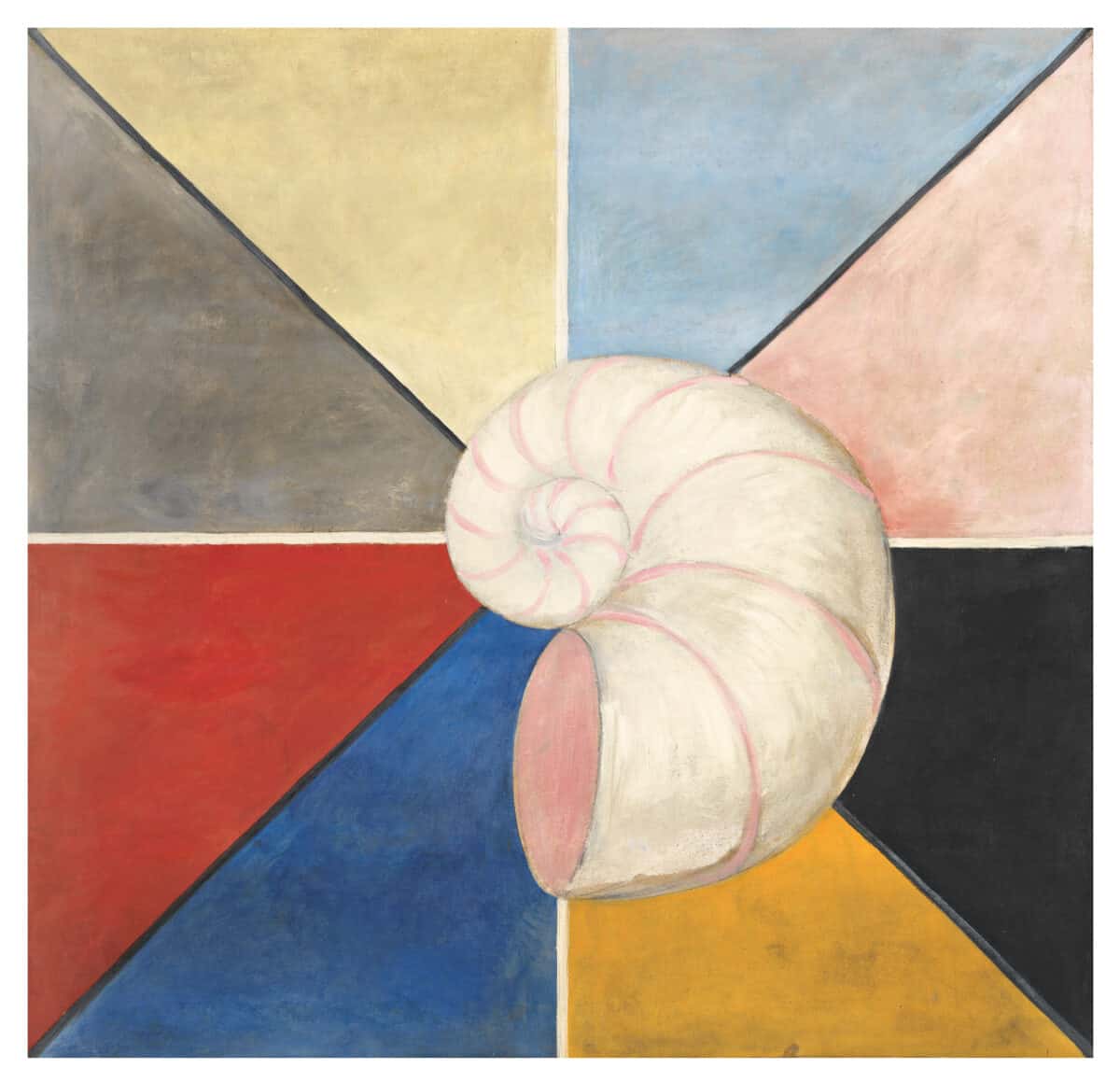
The exhibition will also explore how both artists engaged with spirituality and mysticism in their art. The discovery of invisible forces like X-rays, radioactivity and electrons in the 1890s undercut society’s confidence in the solidity of the world around them, revealing what was hidden to the naked eye. Across Europe, artists and thinkers like af Klint and Mondrian turned to esoteric movements like theosophy and anthroposophy as a way of reconciling religion with the modern world

Alongside her work as a professional artist in Stockholm, af Klint was also a medium and believed that her paintings were guided by higher powers. Separate to her conventional landscapes and portraits, from 1905 af Klint created a secret body of mystical paintings, which she insisted should not be seen in public for at least 20 years after her death. Tate Modern will showcase key examples of these works such as the Evolution 1908 and the Tree of Knowledge 1913-15 series. The exhibition will also explore Mondrian’s spiritualist beliefs, including how his geometric, angular and minimal brand of painting was designed to transmit ideas about the essential reality of the universe. Visitors will be able to see these abstract grid paintings in the wider context of his career, alongside the paintings of flowers which he made throughout his life.
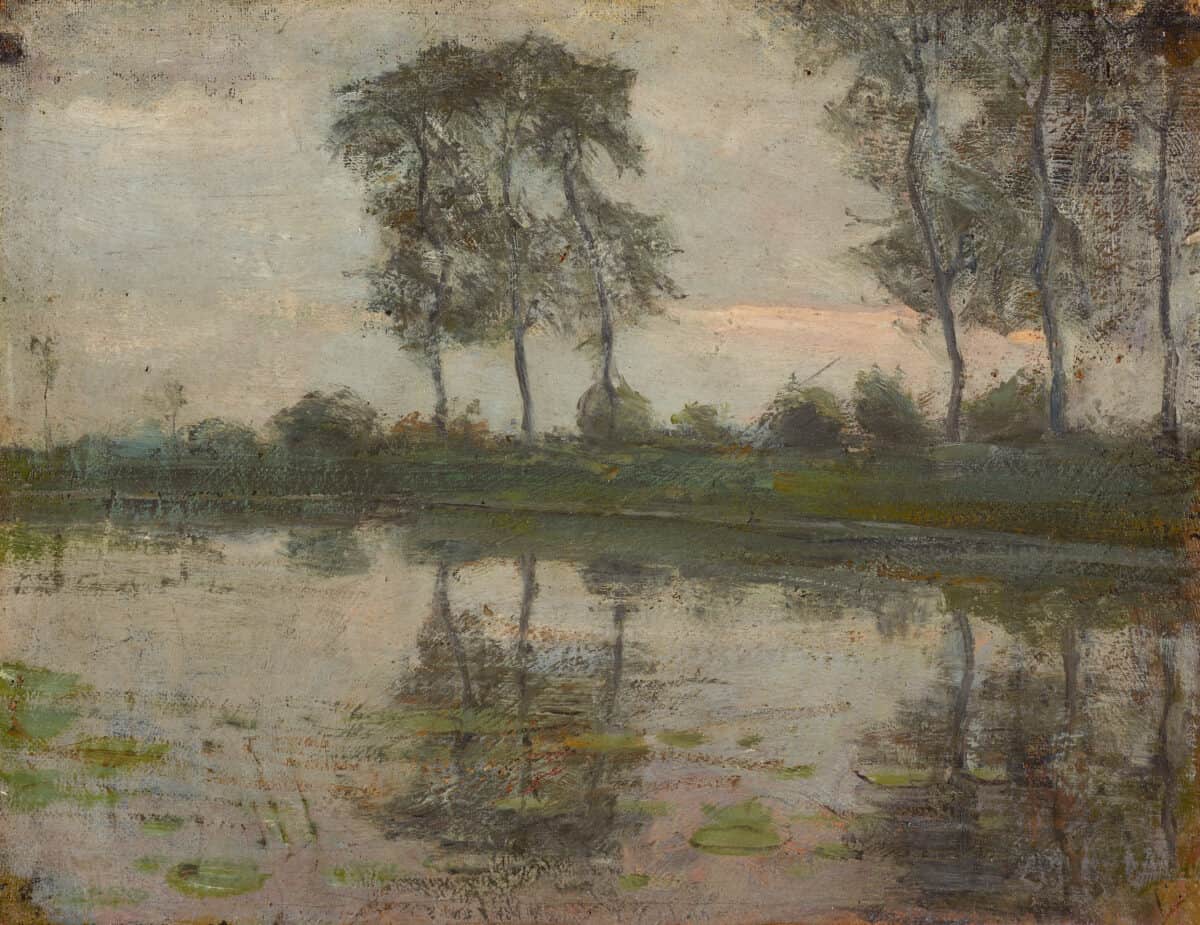
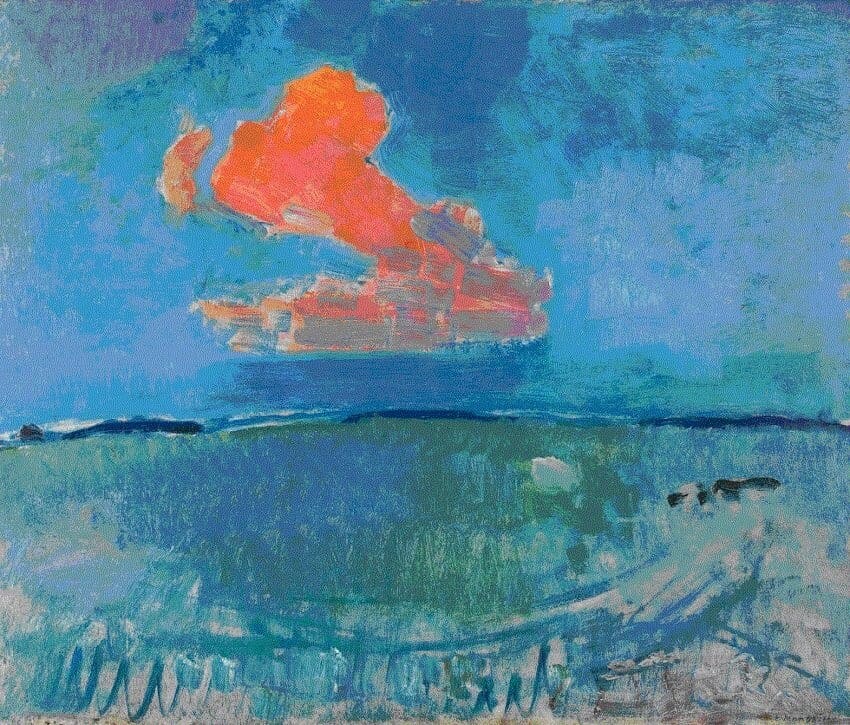
At the centre of the exhibition, a large room will bring together sketches, notebooks, and letters from af Klint’s and Mondrian’s archives, offering an intimate look at some of the ideas behind their art. Presented alongside key references such as Goethe’s colour theory, Rudolf Steiner’s blackboard diagrams and Carl Linnaeus’s renderings of the natural world, it will reveal how the two artists developed their own visual languages of signs, colours and shapes as a means to make sense of life on earth.
Hilma af Klint and Piet Mondrian: Forms of Life is curated by Frances Morris, Director, Tate Modern, Nabila Abdel Nabi, Curator, International Art, Tate Modern; Briony Fer, Professor of Art History, UCL, Laura Stamps, Curator of Modern and Contemporary Art, Kunstmuseum den Haag, with Amrita Dhallu, Assistant Curator, International Art, Tate Modern. The exhibition is organised by Tate Modern and Kunstmuseum Den Haag. The exhibition is accompanied by a major new publication in both paperback and hardback formats, fully illustrated and featuring new research on both af Klint and Mondrian.
Hilma af Klint and Piet Mondrian: Forms of Life, Tate Modern, 20th April – 3rd September 2023
Hilma af Klint and Piet Mondrian: Forms of Life is supported by the Af Klint and Mondrian Exhibition Supporters Circle, Tate Americas Foundation and Tate International Council.
Tate Members get unlimited free entry to all Tate exhibitions including The EY Exhibition: Cezanne. To become a Member, please visit: shop.tate.org.uk/membership
Everyone aged 16-25 can visit all Tate exhibitions for £5 by joining Tate Collective. To join for free, please visit: tate.org.uk/tate-collective
About the artists
Hilma af Klint was born in Solna, Sweden in 1862. After studying classical portraiture at the Technical School in Konstfack, she went on to become one of the first women to study?at the Royal Swedish Academy of Fine Arts (1882–7). In 1896 af Klint joined The Five (de Fem), a group of women artists interested in spiritualism, the natural world, and new developments in science. In 1904, during one of their regular séances, she was commissioned by a spirit to create a body of work ‘on an astral plane’ in order to ‘proclaim a new philosophy of life’. The result was The Paintings for the Temple, a body of work comprising six series. On completing the series in 1915, af Klint returned to working on a smaller scale and began to favour watercolours over oils. Af Klint died in 1944, and although her naturalist paintings had been included in the Baltic Exhibition in Malmö in 1914, her abstract works were not displayed until after her death, when in 1986 a painting was included in The Spiritual in Art, Abstract Painting 1890-1985 at Los Angeles County Museum of Art. Her work was the subject of a solo exhibition at the Modern Museum in Stockholm in 2013, and a retrospective on af Klint at the Solomon R. Guggenheim Museum in 2018 was the most-visited exhibition in the museum’s 60-year history.
Piet Mondrian was born in Amersfoort, The Netherlands in 1872. At the age of 20, he moved to Amsterdam where he studied at the Royal Academy of Visual Arts (1892-5). Initially painting traditional Dutch landscapes, he soon began making Luminist works, some of which were exhibited at the Stedelijk Museum in 1909, firmly establishing him as part of the Dutch avant-garde. Mondrian became a member of the Theosophical society in 1909, and the spiritual influence of the movement directly influenced his representational style. Mondrian’s experiments in Cubism while living in Paris between 1912-4 led him on the path to abstraction. Rather than alluding to three-dimensional illusionistic depth like the Cubists, he wished to accentuate the flat surface of the painting. Back in Holland in 1917, Mondrian co-founded De Stijl, a movement which embraced basic visual elements such as geometric forms and primary colours. Returning to Paris after the First World War, he began making the abstract compositions of rectangles, black lines, white and primary colours for which he became best known. After a few years in London, Mondrian emigrated to New York in 1940, where he began experimenting with coloured lines. Mondrian died on 1 February 1944 in New York.

